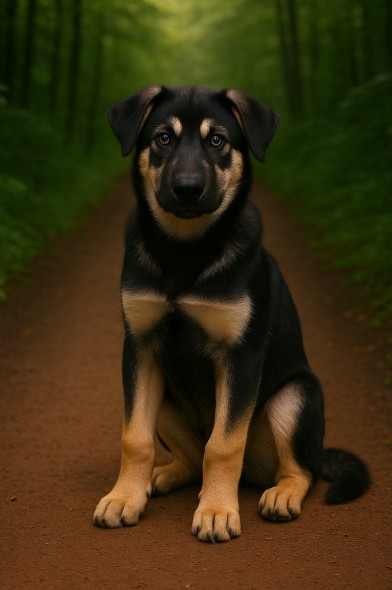The Labsky mixes Labrador enthusiasm with Husky endurance—an energetic, social hybrid built for outdoor-loving families.

The Labsky likely appeared as both an intentional cross and a frequent shelter mix in northern regions. Families seek the blend for friendliness, stamina, and cold-weather resilience.
Sturdy, athletic bodies with expressive ears (upright or floppy) and dense coats.
Expect significant seasonal shedding; plan a routine.
High output dogs needing robust daily activity and jobs.
Friendly and clever; independence may peek through.
Feed for lean muscle and sustained energy.
Can inherit joint and eye risks; proactive screening helps.
Common in northern/prairie shelters; many need active homes.
Is a Labsky good for apartments? Only with very high daily exercise/enrichment.
Do Labskies shed? Yes—heavy during seasonal blows.
Are Labskies good with kids? Generally yes with training and supervision.
How big do Labskies get? 50–80 lb and 21–24 inches tall.
Are Labskies easy to train? High trainability, but independent streak possible.